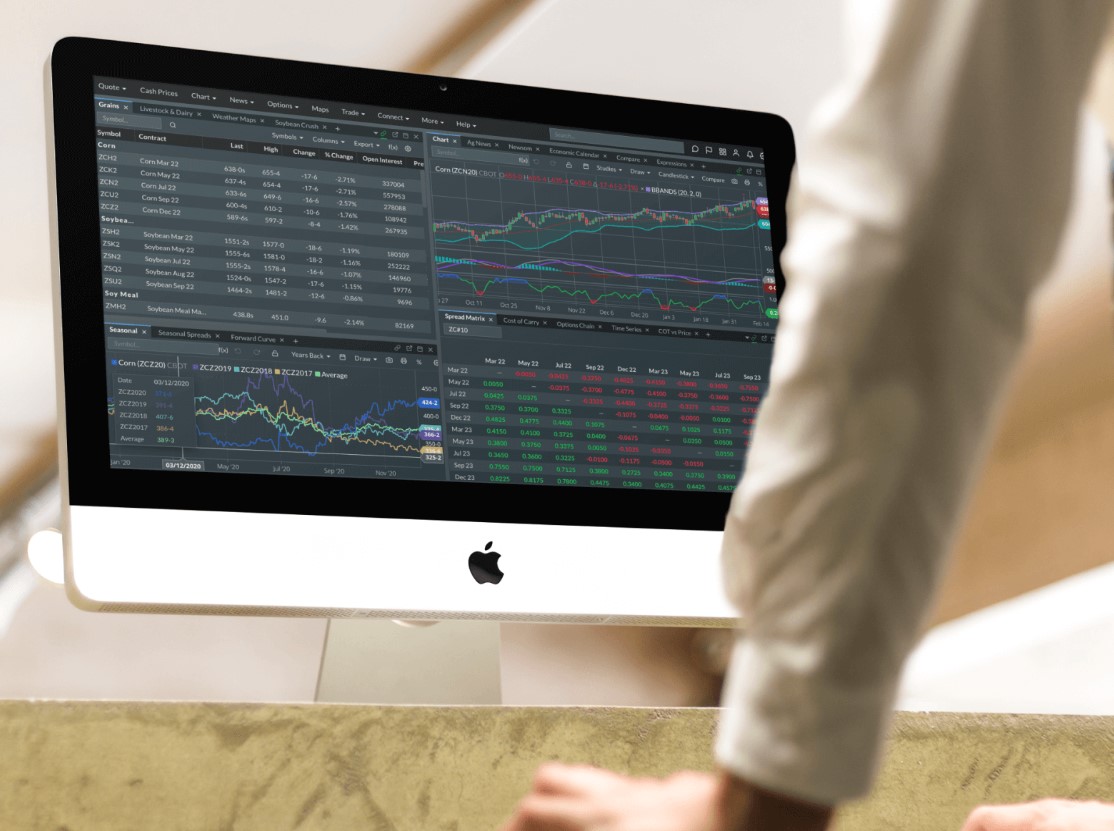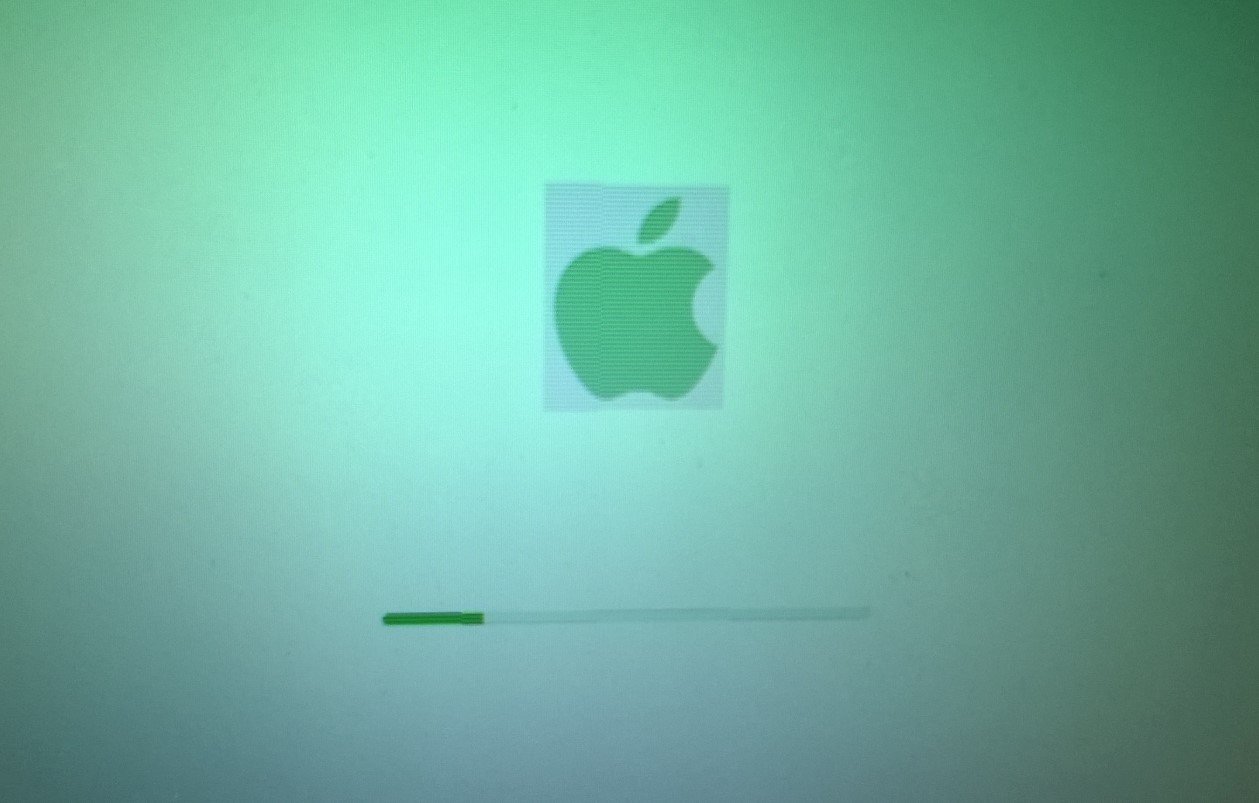News
The Trade Desk Set to Join S&P 500, Stock Surges on Market Buzz and Long-Term Optimism
Shares of digital advertising platform The Trade Desk soared over 7% this week as news broke that the company will join the S&P 500 index on July 18. The move, which sees TTD replacing Ansys following its acquisition by Synopsys, is already having ripple effects across Wall Street.
For The Trade Desk, the inclusion is more than symbolic. It’s a milestone that often brings a short-term price bump and a long-term nod of credibility in the eyes of institutional investors.
Why the S&P 500 Bump Matters
Every time a company is added to the S&P 500, a swarm of passive index funds and ETFs tracking the benchmark are forced to buy shares—no questions asked. That’s how the math works.
So it’s no surprise that The Trade Desk’s stock jumped nearly 8% in just a few days.
Historically, the trend is pretty clear. According to Bloomberg data, companies added to the S&P 500 tend to gain an average of 13.6% in the 12 months after inclusion. That stat comes from a review of roughly 175 additions over the past decade.
It’s not just about fund buying. Inclusion also gives companies more visibility, potentially attracting new retail investors and analysts.
But investors should tread carefully. The S&P bump tends to fade after the initial buying spree is done.
A Decade of Dominance: The Trade Desk’s Eye-Popping Performance
The Trade Desk isn’t just enjoying a good week. It’s been a monster performer over the last seven years.
The stock has skyrocketed 760% over that stretch, crushing the broader market and making it one of the standout names in ad tech. What’s driving all this growth?
At its core, The Trade Desk helps advertisers buy digital ad space more efficiently. It’s the largest independent demand-side platform (DSP) out there. That means agencies and brands use it to plan, execute, and measure digital ad campaigns—from connected TVs to mobile apps.
But here’s what really sets them apart:
No media inventory of their own – Unlike Meta or Google, TTD doesn’t own the content. That makes them neutral, and agencies love it.
That neutrality has become a huge competitive advantage. And it’s helping them take a bigger bite out of a growing pie.
The Connected TV Edge — And Big-Time Clients
One of The Trade Desk’s biggest wins is its dominance in connected TV (CTV) advertising. In that space, the company sources premium inventory from platforms like Netflix, Disney+, and Roku. And that’s not a fluke.
CTV is one of the fastest-growing segments in digital advertising. Viewers are ditching cable and heading to streaming platforms, and advertisers are following.
The Trade Desk, with its laser focus on data-driven optimization, sits right at the intersection of that trend.
In recent months, the company launched a series of AI-powered upgrades to its platform. These tools help clients manage budgeting, targeting, and bidding more intelligently. That’s a big reason why it’s consistently rated as a top performer by analysts like those at Frost & Sullivan.
A quick note: Wall Street expects earnings to grow 12% a year through 2026.
But here’s where it gets interesting.
Analysts May Be Playing It Too Safe
Let’s talk numbers.
Ad tech spending is forecasted to grow at around 14% per year through 2030. That’s faster than The Trade Desk’s expected earnings growth. So either they’re losing ground (which doesn’t seem to be the case) or the Street is underestimating their potential.
Look at recent earnings history:
The company has beaten earnings estimates in six straight quarters.
Average beat? About 12%.
So there’s a solid case to be made that expectations are too low.
TTD’s current valuation of 47 times adjusted earnings may sound steep—but only if you think earnings growth stalls. If the company keeps gaining share and outpacing estimates, today’s price could end up looking cheap in hindsight.
Who Wins (and Who Might Miss Out)
The Trade Desk’s S&P 500 debut benefits a few groups.
First, institutional investors who now “have to” own the stock in passive funds. That’s where a lot of buying pressure is coming from this week.
Second, long-term shareholders. Joining the S&P isn’t just good optics. It can also boost liquidity and investor confidence.
But there’s a catch.
Short-term traders jumping in just for the index bump could get burned if momentum fizzles out. That’s happened before with other companies added to the S&P.
Still, The Trade Desk has a few key strengths that make it a legit long-term play:
Market share growth in a rising sector.
Transparent pricing and neutral positioning.
AI-powered tools and real-time ROI tracking.
One more thing—competition is heating up. Meta, Amazon, and Google aren’t sitting on their hands. They have scale and data. But The Trade Desk’s independence continues to be a key selling point in an ecosystem where conflicts of interest are a big concern.















